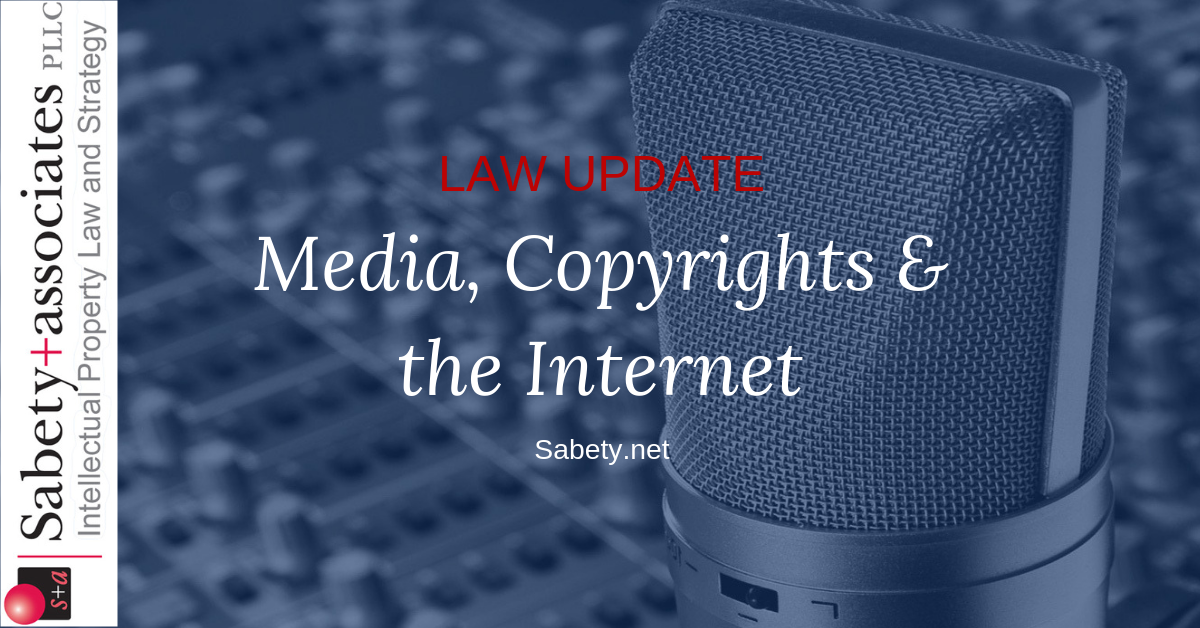The U.S. Court of Appeals, Federal Circuit has significantly strengthened U.S. copyright protection of computer programs.
The Court reversed and remanded the Oracle v. Google case. Oracle sued Google alleging that the Android platform infringed its copyrights in the JAVA computer language “API’s” (among other claims). Oracle owns JAVA as a result of acquiring Sun Microsystems several years ago. The main issue on appeal was over the “declarations” at the top of certain JAVA code modules. The declaration is text that defines program variable names and types and expresses a taxonomy of available processes and their relationship to the declared variables. These declarations define certain JAVA APIs (application programming interfaces), that is, they define how the coded processes are accessible by other external processes. Apparently, Google had copied these declarations verbatim.
The Federal Circuit reversed the Northern District of California’s decision that these declarations were not subject to copyright protection because they were an expression that “merged” with the underlying functional ideas. The merger doctrine holds that where there are a limited number of ways to express an idea, the expression has “merged” with the idea and therefore the expression is not protectable by copyright. This is to avoid copyright law conferring a monopoly over an idea. (It is patent law that may do that, not copyright law).
Rejecting the First Circuit precedent in the Lotus v. Borland case (which decided in 1995 that a hierarchy of user interface commands was functional, merging with the underlying ideas and therefore not copyrightable “structure”), the Federal Circuit in Oracle decided that the hierarchical structure of the JAVA declarations, while defining the functionality required for interoperability, nonetheless were copyrightable because, at the time they were created, there were many ways to express the underlying functionality. The court noted that “under 9th Circuit law, an original work—even one that serves a function—is entitled to copyright protection as long as the author had multiple ways to express the underlying idea.” Pg. 43.
The court brushed aside the notion that the declaration codes that Google copied were a requirement to maintain functional interoperability, stating that “[w]hether [Google] later seeks to make its program interoperable with the [Oracle’s JAVA] program has no bearing on whether the software the [copyright owner] created had any design limitations dictated by external factors” [thus implicating merger doctrine.] Pg. 49. What is interesting is the court’s focus on when the merger doctrine is applied: in the Federal Circuit’s view, the merger test applies at the time the computer programmer writes the code. This leaves open the possibility that a computer program expression that was not subject to the merger when created may evolve into an essential component relied on by the technology industry, possibly resulting in a de-facto monopoly over a functionality by means of the Copyright Act—a copyright no-no.
As a result, the Federal Circuit decision is welcomed by the established software companies but likely will be reviled by new entrants into the market. The reason is that if an incumbent software company has a platform with APIs, the functionality of those APIs may effectively be protected by copyright because no one could write to the API without infringing the copyright. In this case, it appears because Google admitted that it copied the declaration code verbatim, presumably because they thought it was not copyrightable subject matter, it had to rely on more exotic defenses to copyright infringement than lack of access to the allegedly copied code. As a result, the new entrants have to be much more careful about “clean rooming” their competitor’s API code in order to avoid copyright infringement. The case was remanded to determine whether Google’s “fair use” defenses apply.

